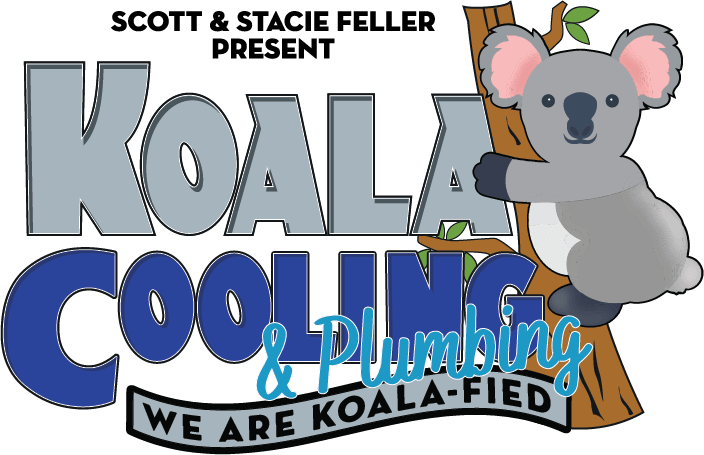Tankless water heaters are a modern alternative to traditional storage tanks for homeowners who want to save energy and free up space. These systems provide hot water only when needed, making them more efficient for daily household use. But how do they actually work, and what should you know before installing one? This guide walks through everything you need to know to make an informed decision.
What Is a Tankless Water Heater?
Tankless water heaters—also known as on-demand units—heat water directly without using a storage tank. When you turn on a hot water tap, cold water enters the unit and is quickly heated by a gas burner. This allows for a continuous flow of hot water, as long as the system keeps up with demand.
There are two main types:
- Electric tankless water heaters: Compact and ideal for smaller applications or homes without gas service. Unfortunately, these models tend to be inefficient and require extensive, and expensive, upgrades to the electrical system in your home. At Koala, we only install gas units.
- Gas-fired tankless water heaters: More powerful and well-suited for whole-home use, but they require specialized venting and a dedicated gas line.
How a Tankless Water Heater Works
Here’s what happens when you turn on the hot water:
- Cold water enters the unit.
- A flow sensor activates and signals the control panel.
- The heating element turns on.
- Water flows through a heat exchanger and is quickly warmed.
- Hot water exits the unit and travels to the open tap.
Because it doesn’t store hot water, the system avoids wasting energy on standby heating. However, each unit has a flow rate limit. Running too many fixtures at once may affect water temperature.
Core Components
Tankless systems rely on several parts working in sync:
- Flow sensor: Detects water movement and triggers heating.
- Control panel: Regulates temperature and system behavior.
- Heat exchanger: Transfers energy to the water.
- Temperature sensors: Prevent overheating and maintain stability.
- Venting system (indoor gas models): Directs combustion gases outdoors.
- Power source: Supplies gas or electricity for heating.
Together, these parts ensure consistent, responsive hot water delivery.
Why Sizing and Flow Rate Matter
Proper sizing is essential for performance. Tankless units are rated by gallons per minute (GPM), indicating how much hot water they can produce at one time. Koala Cooling & Plumbing will determine size you need by considering:
- How many fixtures will be used at the same time
- The flow rates of those fixtures
- The temperature rise needed between incoming cold water and desired output
In colder climates, the unit works harder to heat water, so capacity needs to be adjusted accordingly.
Energy Efficiency and Cost Savings
Without standby heating, tankless systems use less energy overall. Benefits include:
- Lower monthly utility bills
- Reduced energy consumption
Many models are ENERGY STAR® certified and may qualify for local rebates or federal incentives. While the upfront cost is higher than for traditional tanks, long-term savings often justify the investment.
Installation Considerations
Installing a tankless system usually requires adjustments to your home’s infrastructure. These may include:
- Upgrading gas or electrical service
- Adding specialized venting (for indoor gas models)
- Installing a water softener if you live in a hard water area
- Wall-mounting to save space
A professional plumber should handle installation to ensure everything is up to code and tailored to your home’s needs.
Maintenance and Lifespan
Tankless units typically last 15 to 20 years or more—longer than most traditional tanks. Regular maintenance helps extend their life:
- Annual flushing removes scale buildup
- Filter cleaning maintains flow
- Periodic inspections catch early issues before they become costly
Staying on top of maintenance protects your investment and keeps the system running efficiently.
Clearing Up Common Myths
Myth: Endless hot water means unlimited use.
Truth: The unit provides continuous hot water, but exceeding its flow rate can reduce temperature.
Myth: Tankless units are too expensive to be worth it.
Truth: While they cost more upfront, the energy savings and longer lifespan often make them more economical over time.
Myth: They don’t work well in cold climates.
Truth: When properly sized and installed, they perform efficiently—even with cold incoming water.
Is a Tankless Water Heater Right for You?
Tankless systems are a good fit if:
- Your household has high or frequent hot water demand
- You want to reduce energy use over time
- You value compact, space-saving equipment
- You’re planning to stay in your home long enough to see a return on investment
When a Traditional Tank Might Make More Sense
A tank-style system could be better if:
- Your budget limits the upfront cost
- You rarely use multiple hot water fixtures at once
- Your home isn’t suited for the necessary upgrades
Talk to the Pros at Koala Cooling
Tankless water heaters provide efficient, on-demand hot water—but only when properly selected and installed. If you’re considering making the switch, the plumbing team at Koala Cooling is here to help. Want to know if a tankless system is the right choice for your home? Get in touch with Koala Cooling for expert guidance and professional installation tailored to your needs.
